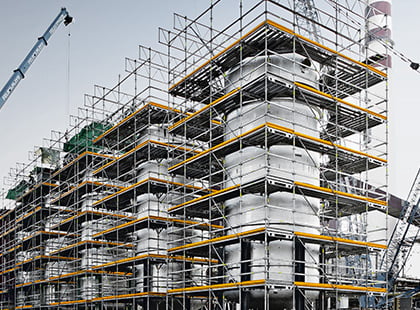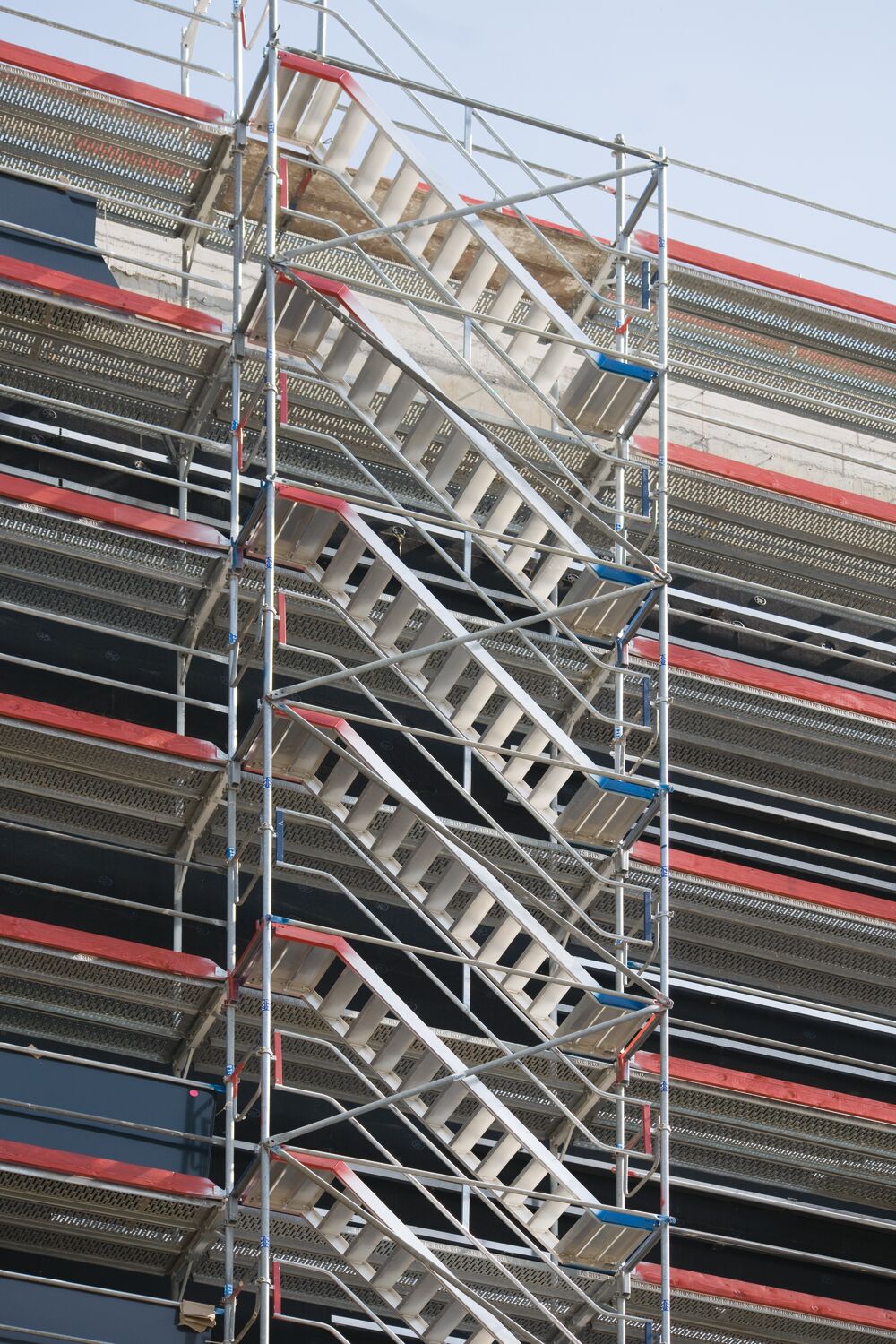Scaffolding Guildford: The Best Option for Your Building and Renovation Projects
Scaffolding Guildford: The Best Option for Your Building and Renovation Projects
Blog Article
Checking Out the Various Sorts Of Scaffolding Made Use Of in Construction Projects
The construction industry relies heavily on various sorts of scaffolding to meet specific project requirements, each offering distinct advantages and applications. Traditional frame scaffolding provides a sturdy foundation for basic jobs, while put on hold scaffolding is important for work with high-rise frameworks. Various other options, such as system and rolling scaffolding, deal with efficiency and movement, specifically. Moreover, the cantilever variant verifies invaluable in metropolitan atmospheres where room is constrained. Recognizing the subtleties of these scaffolding types is vital for maximizing security and performance on construction websites, prompting a closer assessment of their distinct characteristics and applications.

Traditional Frame Scaffolding
Standard framework scaffolding is just one of one of the most extensively utilized methods in the construction industry due to its robustness and versatility. This system includes straight and vertical frameworks that are set up to develop a steady platform for materials and employees. The major parts consist of upright articles, straight ledgers, and diagonal braces, which with each other give a strong structure that can support significant loads.
One of the key advantages of typical framework scaffolding is its adaptability to numerous building projects, varying from domestic structures to large business structures. The modular style allows for simple setting up and disassembly, making it effective for both temporary and long-lasting jobs. In addition, the system can be personalized in elevation and width, fitting various building styles and website conditions.
Safety is vital in scaffolding applications, and typical structure systems are outfitted with guardrails and toe boards to stop falls and guarantee employee defense. In addition, routine examinations and adherence to safety and security policies are critical in preserving the honesty of the scaffold. Overall, conventional framework scaffolding continues to be a basic selection in the construction industry, providing a reputable system for labor and boosting general task performance

Suspended Scaffolding
Suspended scaffolding offers an unique solution for building and construction jobs that require accessibility to raised surfaces, specifically in circumstances where traditional structure scaffolding may be impractical. This kind of scaffolding is commonly suspended from the roof or top levels of a framework, utilizing a system of platforms, ropes, and pulley-blocks to produce a working area that can be gotten used to numerous elevations.
One of the key advantages of put on hold scaffolding is its versatility. It can be conveniently repositioned or decreased to fit changes in building and construction needs, making it ideal for jobs such as home window installation, frontage work, and maintenance on skyscrapers. Furthermore, the marginal footprint of suspended scaffolding enables better use ground room in urban atmospheres, where room is frequently restricted.
Safety is an essential consideration in the use of put on hold scaffolding. Proper rigging and anchoring systems have to be employed to ensure stability and stop accidents. Operators should likewise be learnt the secure use of this devices. On the whole, put on hold scaffolding offers a reliable and reliable solution for accessing hard-to-reach areas in different building and construction circumstances, boosting both productivity and safety on website.
System Scaffolding
System scaffolding, often considered as a modern solution in the scaffolding sector, includes pre-engineered parts that can be promptly set up and adjusted for different construction projects. Scaffolding. This kind of scaffolding is identified by its modular layout, which permits for adaptability and effectiveness on task sites, suiting various heights and structural requirements
Usually made from high-strength steel or light weight aluminum, system scaffolding provides boosted durability and stability. The parts consist of upright blog posts, horizontal ledgers, and angled braces, which interconnect firmly, making sure a robust structure. The style often includes standardized fittings, simplifying assembly and disassembly processes, therefore lowering labor time and prices.

Rolling Scaffolding
Rolling scaffolding is a flexible option to conventional fixed scaffolding, developed for movement and simplicity of use on building sites. This sort of scaffolding includes a system sustained by frameworks with wheels, enabling workers to easily relocate it integrity scaffold service group southern region as needed. The movement function considerably improves productivity, as it minimizes downtime connected with taking apart and putting together repaired scaffolding.
Generally constructed from light-weight products such as aluminum or steel, rolling scaffolding offers a tough yet mobile option for jobs requiring constant repositioning - Scaffolding. It is particularly beneficial in tasks such as painting, drywall installment, and electric work, where accessibility to different elevations and places is required
Safety and security is extremely important in rolling scaffolding style, with features such as securing wheels to stop unplanned motion when being used, and guardrails to shield workers from drops. In addition, lots of models are flexible in elevation, fitting various job needs.
Cantilever Scaffolding

The design of cantilever scaffolding commonly entails utilizing arms or braces anchored to a structure or framework, allowing the system to check my blog extend outward securely. Safety is critical; thus, these scaffolds should be crafted to hold up against environmental conditions and numerous lots. Routine evaluation and maintenance are important to make sure architectural integrity and worker security.
Cantilever scaffolding is favored for its adaptability and reliable use area, making it a popular option in urban atmospheres where room constraints are common. It assists in easier access to high elevations, inevitably adding to the total efficiency of construction jobs. Similar to all scaffolding types, correct training and adherence to review safety and security criteria are crucial for workers using cantilever scaffolding.
Verdict
Traditional framework scaffolding provides security, while put on hold scaffolding supplies adaptability for elevated jobs. System scaffolding facilitates quick assembly, and rolling scaffolding improves movement for differing job atmospheres.
Typical framework scaffolding gives a durable foundation for general jobs, while suspended scaffolding is necessary for work on high-rise structures.Rolling scaffolding is a flexible option to typical fixed scaffolding, designed for wheelchair and convenience of use on building sites. As with all scaffolding kinds, correct training and adherence to security criteria are vital for workers making use of cantilever scaffolding.
Conventional framework scaffolding provides stability, while suspended scaffolding offers adaptability for raised tasks. System scaffolding promotes quick setting up, and rolling scaffolding improves flexibility for differing job atmospheres.
Report this page